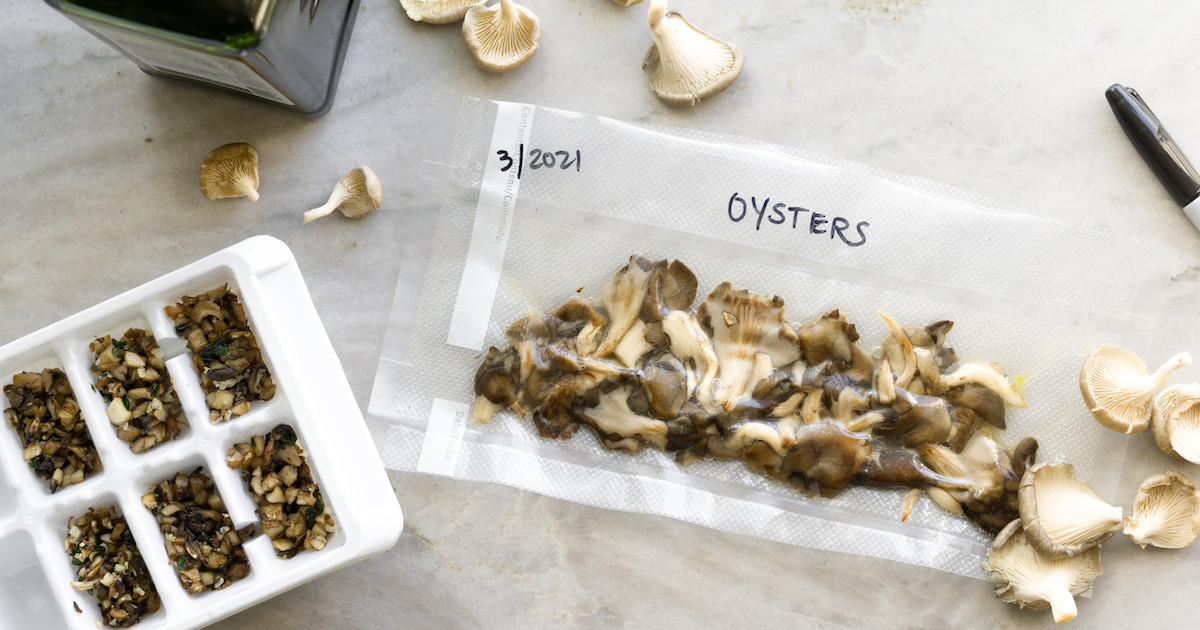

Articles
How To Store Wild Mushrooms
Modified: September 1, 2024
Looking for articles on how to store wild mushrooms? Discover expert tips and techniques to safely preserve your foraged fungi for later use.
(Many of the links in this article redirect to a specific reviewed product. Your purchase of these products through affiliate links helps to generate commission for Storables.com, at no extra cost. Learn more)
Introduction
Wild mushrooms are a delicacy that can add unique flavors and textures to your culinary creations. Whether you forage them yourself or purchase them from a trusted source, properly storing wild mushrooms is crucial to maintain their freshness and ensure their safe consumption.
In this article, we will guide you through various methods of storing wild mushrooms, including choosing the right container, cleaning and preparing them, and different preservation techniques such as drying, freezing, and storing in oil or vinegar. By following these tips, you can extend the shelf life of your wild mushrooms and enjoy them for weeks or even months to come.
Before we dive into the storage techniques, it’s important to note that not all wild mushrooms are safe to consume. Some varieties can be poisonous and cause serious health issues. Therefore, it is essential to have expert knowledge or consult a professional mycologist to identify edible mushrooms accurately.
Additionally, storing wild mushrooms is not only about keeping them fresh but also preserving their flavors and textures. Some preservation methods may alter the taste and texture of the mushrooms, so it’s crucial to consider your desired end result when choosing a storage method. Now let’s explore the various ways to store wild mushrooms to ensure that their incredible taste and nutritional value are maintained.
Key Takeaways:
- Properly storing wild mushrooms is crucial for maintaining their freshness and flavors. Whether in the fridge, freezer, pantry, oil, vinegar, or salt, each method offers unique benefits and considerations to enjoy their fantastic flavors year-round.
- Cleaning and preparing wild mushrooms is essential before storing them. Properly removing dirt and debris, ensuring they are dry, and choosing the right storage method are key to preserving their unique qualities for culinary delights.
Choosing the Right Container
When it comes to storing wild mushrooms, choosing the right container is essential to maintain their freshness and prevent spoilage. The ideal container should provide a balance of airflow and moisture control, ensuring that the mushrooms stay dry without becoming dehydrated.
Avoid storing wild mushrooms in plastic bags or cling wrap as these can trap moisture and promote the growth of mold. Instead, opt for breathable containers such as paper bags, wicker baskets, or mesh bags. These containers allow air circulation around the mushrooms, preventing moisture buildup and extending their shelf life.
Another option is to use glass or plastic containers with ventilation holes or lids that can be partially opened. These allow for some airflow while still providing some level of protection from external contaminants.
It’s important to consider the size and shape of the container as well. If you have whole mushrooms, choose a container that is large enough to accommodate them without crushing or overcrowding. If you have sliced or chopped mushrooms, opt for a smaller container that can snugly fit the amount you plan to store.
Remember to clean and sanitize the containers before using them. This helps to eliminate any potential bacteria or contaminants that could spoil the mushrooms. Use hot soapy water to wash the containers thoroughly, rinse them well, and allow them to air dry before storing the mushrooms.
Additionally, labeling the containers with the date of storage can help you keep track of how long the mushrooms have been stored. This is particularly important when it comes to wild mushrooms, as their freshness deteriorates quicker than cultivated mushrooms.
By choosing the right container for storing your wild mushrooms, you can ensure that they stay fresh and maintain their quality for as long as possible, allowing you to enjoy their earthy flavors in a variety of dishes.
Cleaning and Preparing Wild Mushrooms
Before storing wild mushrooms, it is crucial to clean and prepare them properly to remove any dirt, debris, or potential contaminants. Cleaning wild mushrooms not only ensures their safety but also improves their flavor and texture.
To clean wild mushrooms, start by gently brushing off any visible dirt or debris using a soft-bristled brush or a clean cloth. This helps to remove loose particles without damaging the delicate flesh of the mushrooms. Make sure to pay attention to the crevices and folds where dirt can easily accumulate.
For more stubborn debris or dirt, you can lightly rinse the mushrooms under cool running water. However, be careful not to soak them as mushrooms are like sponges and can absorb excess water, which can affect their texture and flavor.
It is important to note that some varieties of wild mushrooms, such as morels and chanterelles, have a delicate texture and porous surface. For these mushrooms, it is best to avoid rinsing them altogether or just lightly dampen a clean cloth and gently wipe off any dirt.
After cleaning, it’s time to trim and prepare the mushrooms for storage. Remove any damaged, discolored, or slimy parts of the mushrooms. Trim the stem ends if necessary, but avoid removing too much as it can affect the appearance and flavor of the mushrooms.
For certain mushrooms like porcini or boletes, you may want to slice them into smaller pieces or cut them into uniform sizes for easier handling and storage. If you plan to store them for a longer period, consider blanching the mushrooms for a minute or two to help preserve their color and texture.
Once the mushrooms are cleaned and prepared, pat them dry with a paper towel to remove any excess moisture. Make sure they are completely dry before moving on to the next step. Moisture can promote the growth of bacteria and mold, leading to spoilage.
By taking the time to properly clean and prepare your wild mushrooms, you can ensure that they are free from contaminants and ready for storage. This not only enhances their safety but also preserves their natural flavors and textures, allowing you to savor their unique qualities in any culinary creation.
Drying Wild Mushrooms
Drying is one of the most traditional and effective methods of preserving wild mushrooms. When done correctly, it allows you to enjoy the flavors of the mushrooms well beyond their season.
To dry wild mushrooms, start by slicing them into thin and even pieces. This helps to ensure consistent drying and prevents the mushrooms from becoming too dense. Uniformly sliced mushrooms also dry more quickly and evenly.
You can dry mushrooms using a dehydrator, an oven, or simply by air-drying. If using a dehydrator, follow the manufacturer’s instructions for temperature and drying time. If using an oven, spread the sliced mushrooms on a baking sheet lined with parchment paper and set the oven to its lowest temperature (around 140°F or 60°C). Keep the oven door slightly ajar to allow moisture to escape. Check on the mushrooms regularly and rotate or flip them if necessary to promote even drying.
If you prefer air-drying, place the sliced mushrooms on a wire rack or a clean cloth in a dry and well-ventilated area. Make sure the mushrooms are spread out and not touching each other to facilitate airflow. It may take a few days to a week for the mushrooms to completely dry, depending on the humidity levels and mushroom variety.
Once the mushrooms are completely dry, they should be crispy and brittle to the touch. Store the dried mushrooms in airtight containers or resealable bags. You can also consider using vacuum-sealed bags for extra protection.
Label the containers with the date of drying and the type of mushroom to keep track of their age and variety. Properly dried mushrooms can be stored for up to a year or more, but it’s best to use them within six months for optimal flavor.
Dried wild mushrooms can be rehydrated before use by soaking them in warm water, broth, or wine. This restores their texture and allows them to be used in various dishes, such as soups, sauces, and stir-fries.
By drying wild mushrooms, you can enjoy their unique flavors and umami richness throughout the year, even when they are not in season. It’s a convenient and versatile method of preserving wild mushrooms that allows you to savor their earthy goodness in countless culinary creations.
Freezing Wild Mushrooms
Freezing is an excellent method for preserving the freshness and taste of wild mushrooms. It helps to retain their flavors and textures, allowing you to enjoy them in a variety of dishes even when they are out of season.
Before freezing wild mushrooms, it is important to clean and prepare them properly. Follow the cleaning and preparation steps mentioned earlier to remove any dirt or debris and trim them as desired.
Once the mushrooms are cleaned, you have two options for freezing: blanching or freezing them raw. Blanching involves briefly boiling the mushrooms before freezing them, which helps to preserve their texture and color.
To blanch wild mushrooms, start by bringing a pot of water to a rolling boil. Place the mushrooms in a wire mesh strainer or a colander and submerge them in the boiling water for about one to two minutes. This blanching process helps to deactivate enzymes and preserve the quality of the mushrooms.
After blanching, transfer the mushrooms to an ice bath to cool them quickly and stop the cooking process. Once cooled, drain the mushrooms thoroughly and pat them dry with a paper towel to remove any excess moisture.
If you prefer to skip the blanching step, you can freeze the mushrooms raw. However, be aware that raw mushrooms may lose some of their texture and flavor compared to blanched mushrooms.
Next, portion the mushrooms based on your usage needs. You can divide them into small zip-top bags or freezer-safe containers. It’s a good idea to portion them in quantities you commonly use in recipes to minimize waste.
Remove as much air as possible from the bags or containers before sealing them. This helps to prevent freezer burn and maintain the quality of the mushrooms. Label each package with the date of freezing and the type of mushroom.
Place the bags or containers in the freezer in a single layer until the mushrooms are frozen solid. Once frozen, you can stack or store them however you prefer.
Frozen wild mushrooms can be stored for up to six months or longer, but it’s best to use them within the first few months for optimal flavor and texture.
When you are ready to use the frozen mushrooms, you can directly add them to your recipes without thawing. This makes them convenient to use in soups, stews, stir-fries, and other dishes that require cooking.
By freezing wild mushrooms, you can extend their shelf life and enjoy their unique flavors throughout the year. It’s a simple and effective method that allows you to preserve their freshness and incorporate them into a variety of culinary delights.
Read more: How To Store Wild Garlic
Preserving Mushrooms in Oil or Vinegar
Preserving wild mushrooms in oil or vinegar is a delightful way to add unique flavors to your dishes while also extending their shelf life. This preservation method not only infuses the mushrooms with the essence of the oil or vinegar but also helps to prevent spoilage.
When preserving mushrooms in oil, it is important to choose high-quality, flavorful oil such as olive oil, grapeseed oil, or sunflower oil. The oil acts as a protective barrier and helps to lock in the moisture and flavors of the mushrooms.
Begin by cleaning and preparing the mushrooms as mentioned earlier. It’s crucial to ensure that the mushrooms are completely dry before preserving them in oil to prevent bacterial growth.
Once the mushrooms are dry, you can choose to leave them whole, halve them, or slice them depending on your preference. Place the mushrooms in a clean glass jar or container, leaving some headspace at the top.
Next, add your desired seasonings to enhance the flavor of the preserved mushrooms. This can include garlic cloves, fresh herbs like thyme or rosemary, and spices such as black peppercorns or red pepper flakes. The choice of seasonings is entirely up to your personal taste.
Pour the oil over the mushrooms, ensuring that they are completely submerged. Make sure to leave about half an inch of free space at the top of the jar to allow for expansion during freezing.
If you prefer to preserve mushrooms in vinegar, you can follow a similar method. Clean and prepare the mushrooms, then pack them into a jar or container. Add your preferred seasonings such as garlic, herbs, or spices, and then pour in the vinegar of your choice, such as white wine vinegar or apple cider vinegar.
Seal the jar tightly and shake it gently to distribute the seasonings. Store the jar in the refrigerator for several days to allow the flavors to meld and develop. These preserved mushrooms can be stored in the refrigerator for several months.
Preserved mushrooms in oil or vinegar can be used in various culinary applications. You can add them to salads, sandwiches, antipasto platters, or use them as a topping for pizzas and bruschetta. The flavorful oil or vinegar can also be used as a dressing or marinade.
It’s important to note that when preserving mushrooms in oil, proper storage and handling are crucial to prevent the growth of harmful bacteria, particularly the bacteria that causes botulism. Ensure that the mushrooms are completely submerged in oil, keep the container refrigerated, and use clean utensils when extracting the mushrooms to prevent contamination.
By preserving wild mushrooms in oil or vinegar, you can elevate your culinary creations with a burst of flavor, while also prolonging the life of these delightful fungi.
After foraging for wild mushrooms, store them in a paper bag in the refrigerator to keep them fresh. Avoid storing them in plastic, as it can cause them to become slimy.
Storing Mushrooms in Salt
Storing wild mushrooms in salt is a unique preservation method that not only helps to extend their shelf life but also imparts a concentrated and savory flavor. This technique, known as salt curing, works by dehydrating the mushrooms and inhibiting the growth of bacteria, ensuring their long-term preservation.
To store mushrooms in salt, start by cleaning them thoroughly and removing any dirt or debris. You can follow the cleaning process mentioned earlier to ensure the mushrooms are free from contaminants.
Next, you will need coarse salt, such as kosher salt or sea salt. Spread a layer of salt in the bottom of a clean glass jar or airtight container. Place a few of the cleaned mushrooms on top of the salt, making sure they are spread out and not touching each other.
Sprinkle a layer of salt over the mushrooms, completely covering them. Continue this layering process, alternating between mushrooms and salt until the container is full. Make sure the mushrooms are fully covered by the salt to prevent any exposure to air.
Seal the jar or container tightly and store it in a cool, dry place. The salt will gradually draw out the moisture from the mushrooms, dehydrating them and creating an environment inhospitable to bacteria. This allows the mushrooms to retain their flavors and textures while being preserved for a longer period.
It’s important to note that salt-cured mushrooms may become quite salty themselves, so it’s recommended to rinse them or soak them in water before use to reduce the saltiness. Taste a small piece of the mushroom after rinsing to ensure that the desired level of saltiness is achieved.
Salt-cured mushrooms can be used in a variety of dishes where a concentrated burst of umami flavor is desired. They can be added to sauces, stews, risottos, or used as a topping for pizzas and salads.
When using salt-cured mushrooms, remember to adjust the amount of salt in your recipe accordingly. It’s also important to store any remaining salt-cured mushrooms in a well-sealed container to prevent them from absorbing moisture from the air.
By storing wild mushrooms in salt, you can enjoy their unique flavors in dishes throughout the year. This preservation method not only adds a depth of flavor but also ensures that your mushrooms remain safe and delicious for extended periods of time.
Storing Mushrooms in the Fridge
The refrigerator is a common and convenient place to store fresh mushrooms, as it helps to maintain their freshness and slow down the aging process. By storing wild mushrooms properly in the fridge, you can extend their shelf life and enjoy them for a longer period.
When storing mushrooms in the fridge, it’s important to handle them with care to prevent bruising and excessive moisture buildup. Here are some steps to follow:
- Start by ensuring that the mushrooms are clean and dry. Remove any visible dirt or debris by gently brushing them or wiping them with a clean, damp cloth. Avoid soaking or rinsing them unless absolutely necessary, as excess moisture can lead to spoilage.
- Once the mushrooms are cleaned, you can choose to store them in their original packaging or transfer them to a paper bag or airtight container. If using a paper bag, make sure to puncture a few holes to allow for airflow.
- Alternatively, you can wrap the mushrooms loosely in a paper towel and place them in a perforated plastic bag. The paper towel helps to absorb excess moisture and prevent the mushrooms from becoming slimy.
- Find the ideal spot in your fridge to store the mushrooms. They should be stored in the main body of the fridge, not in the crisper drawer, as the drawer tends to be more humid. Place them in a part of the fridge where they won’t be crushed or jostled.
- Do not wash the mushrooms until you are ready to use them, as exposure to water can accelerate the spoiling process. Washing them just prior to cooking helps to maintain their freshness and texture.
- Check on the mushrooms regularly and remove any that show signs of spoilage, such as mold or sliminess. Removing any deteriorating mushrooms helps to prevent the spread of spoilage to the rest of the batch.
When stored properly in the fridge, wild mushrooms can typically last for about 5 to 7 days. However, it’s best to use them as soon as possible for optimal flavor and texture.
Remember that different mushrooms have varying shelf lives, so it’s important to pay attention to their condition and use them accordingly. Delicate mushrooms like chanterelles may have a shorter shelf life compared to sturdier varieties like cremini or shiitake.
By storing wild mushrooms in the fridge using these tips, you can extend their freshness and enjoy their earthy flavors in a variety of dishes. Just be sure to use them before they lose their quality or show signs of spoilage.
Storing Mushrooms in the Pantry
While it is generally recommended to store mushrooms in the refrigerator, there are certain types of mushrooms that can be stored in the pantry under the right conditions. Storing mushrooms in the pantry allows them to breathe and maintain their natural texture and flavor.
Here are some tips for properly storing mushrooms in the pantry:
- Choose the right mushrooms: Only certain types of mushrooms can be stored in the pantry. Varieties like shiitake, oyster, and maitake have a firmer texture and are more suitable for pantry storage. Delicate mushrooms like button mushrooms or chanterelles are best stored in the refrigerator.
- Ensure proper air circulation: Mushrooms need proper air circulation to prevent moisture buildup and avoid spoilage. Place the mushrooms in a breathable container like a paper bag or a mesh bag. Avoid using plastic bags or sealed containers, as these can trap moisture and promote decay.
- Keep them away from direct sunlight: Mushrooms are sensitive to light and can lose their freshness and color when exposed to direct sunlight. Store them in a cool, dark corner of the pantry to preserve their quality.
- Check for moisture regularly: Periodically inspect the mushrooms for any signs of moisture or mold. If you notice any mushrooms showing signs of spoilage, remove them promptly to prevent the spread of decay.
- Use them as soon as possible: Unlike refrigerated mushrooms, pantry-stored mushrooms have a shorter shelf life. It’s best to use them within a few days of purchase to ensure optimal flavor and quality.
Keep in mind that storing mushrooms in the pantry may not provide the same level of freshness and longevity as refrigeration. They are more susceptible to moisture and spoilage, so it’s important to pay close attention to their condition and consume them in a timely manner.
Additionally, it’s crucial to remember that not all mushrooms are suitable for pantry storage. Always check the specific storage recommendations for the variety of mushrooms you have purchased, as different types can have different storage requirements.
By following these guidelines, you can successfully store certain types of mushrooms in the pantry and enjoy their rich earthy flavors in a variety of dishes. Just be sure to monitor them closely and use them before they start to deteriorate.
Read more: How To Store Wild Onions
Storing Mushrooms in the Freezer
If you have a surplus of mushrooms that you want to preserve for an extended period, freezing is a convenient and effective method. Freezing mushrooms helps to retain their flavors, textures, and nutritional value, allowing you to enjoy them even when they are out of season.
Here’s how to properly store mushrooms in the freezer:
- Clean and prepare the mushrooms: Begin by cleaning the mushrooms to remove any dirt or debris. Gently brush the mushrooms or wipe them with a clean, damp cloth. Avoid soaking them in water, as mushrooms tend to absorb moisture quickly.
- Slice or chop the mushrooms: Depending on your preference and intended use, you may choose to either slice or chop the mushrooms. Uniformly sized pieces freeze more evenly.
- Blanch the mushrooms (optional): Blanching is an optional step that helps to preserve the texture and color of the mushrooms. To blanch, briefly immerse the mushrooms in boiling water for 1-2 minutes, then transfer them to an ice bath to cool rapidly. Drain and pat them dry before freezing.
- Portion the mushrooms: Divide the mushrooms into portion sizes suitable for your needs. You can use freezer-safe bags or containers. Flatten the bags to expel as much air as possible before sealing. Alternatively, use a vacuum sealer for airtight packaging.
- Label and date: Label each container or bag with the date of freezing and the type of mushroom. This helps you keep track of their freshness and variety when you later retrieve them from the freezer.
- Freeze the mushrooms: Place the packaged mushrooms in the freezer in a single layer initially to allow them to freeze quickly. Once they are frozen solid, you can stack or store them more efficiently.
Frozen mushrooms can be stored in the freezer for up to six months or longer, depending on the variety. However, for optimal flavor and texture, it’s best to use them within the first few months. Remember to maintain a constant temperature in the freezer to prevent freezer burn.
When you are ready to use the frozen mushrooms, there’s no need to thaw them beforehand. You can directly add them to your recipes during cooking. Using frozen mushrooms is ideal for dishes such as soups, stews, stir-fries, and sauces that require additional cooking time.
By freezing mushrooms, you can preserve their flavors and enjoy their unique qualities throughout the year. Freezing is a simple and convenient method that allows you to have a readily available supply of mushrooms for your favorite recipes, regardless of the season.
Conclusion
Properly storing wild mushrooms is essential to maintain their freshness and flavors, allowing you to enjoy them in various culinary creations. Whether you choose to store them in the fridge, freezer, pantry, oil or vinegar, or salt, each method has its advantages and considerations.
When storing in the fridge, ensure the mushrooms are clean and dry, and use breathable containers to prevent moisture buildup. The fridge is ideal for short-term storage, but be mindful of using the mushrooms within a week or so for the best results.
Freezing mushrooms is a convenient option that preserves their flavors and textures for an extended period. Blanching the mushrooms before freezing can help maintain their quality. Frozen mushrooms can be used directly in cooked dishes, making them a versatile addition to your culinary repertoire.
For certain mushroom varieties, like shiitake or oyster mushrooms, pantry storage is suitable. However, it’s important to maintain proper airflow, store them away from sunlight, and use them within a few days to avoid spoilage.
Preserving mushrooms in oil or vinegar infuses them with unique flavors and extends their shelf life. However, proper handling and refrigerated storage are crucial to prevent the growth of harmful bacteria.
When it comes to salt-curing mushrooms, this method provides a concentrated and savory flavor that enhances various dishes. However, a rinse or soak may be necessary to reduce the saltiness, and attention should be given to maintaining proper storage conditions.
Remember, it is important to properly clean and prepare wild mushrooms before storing them using any method. Remove any dirt or debris and ensure they are dry to prevent spoilage.
Overall, by following the appropriate storage techniques, you can extend the shelf life of wild mushrooms and enjoy their fantastic flavors throughout the year. Each method offers unique benefits and considerations, so choose the one that best matches your needs and culinary preferences.
Whether you’re foraging mushrooms in the wild or purchasing them, storing them properly ensures you can relish their earthy goodness in a variety of dishes and take full advantage of their unique qualities. Embrace these storage methods and savor the delights of wild mushrooms anytime you desire.
Frequently Asked Questions about How To Store Wild Mushrooms
Was this page helpful?
At Storables.com, we guarantee accurate and reliable information. Our content, validated by Expert Board Contributors, is crafted following stringent Editorial Policies. We're committed to providing you with well-researched, expert-backed insights for all your informational needs.
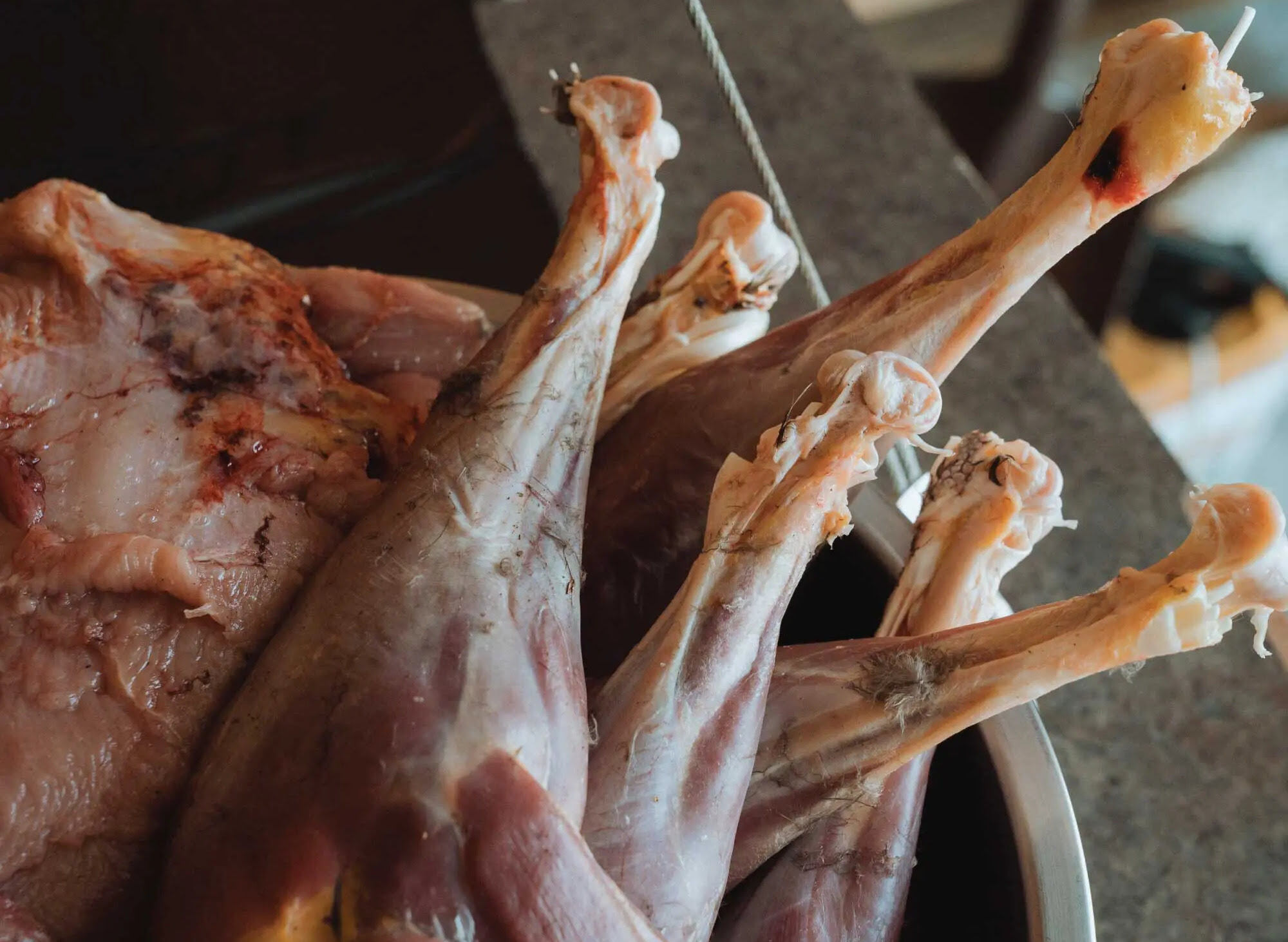
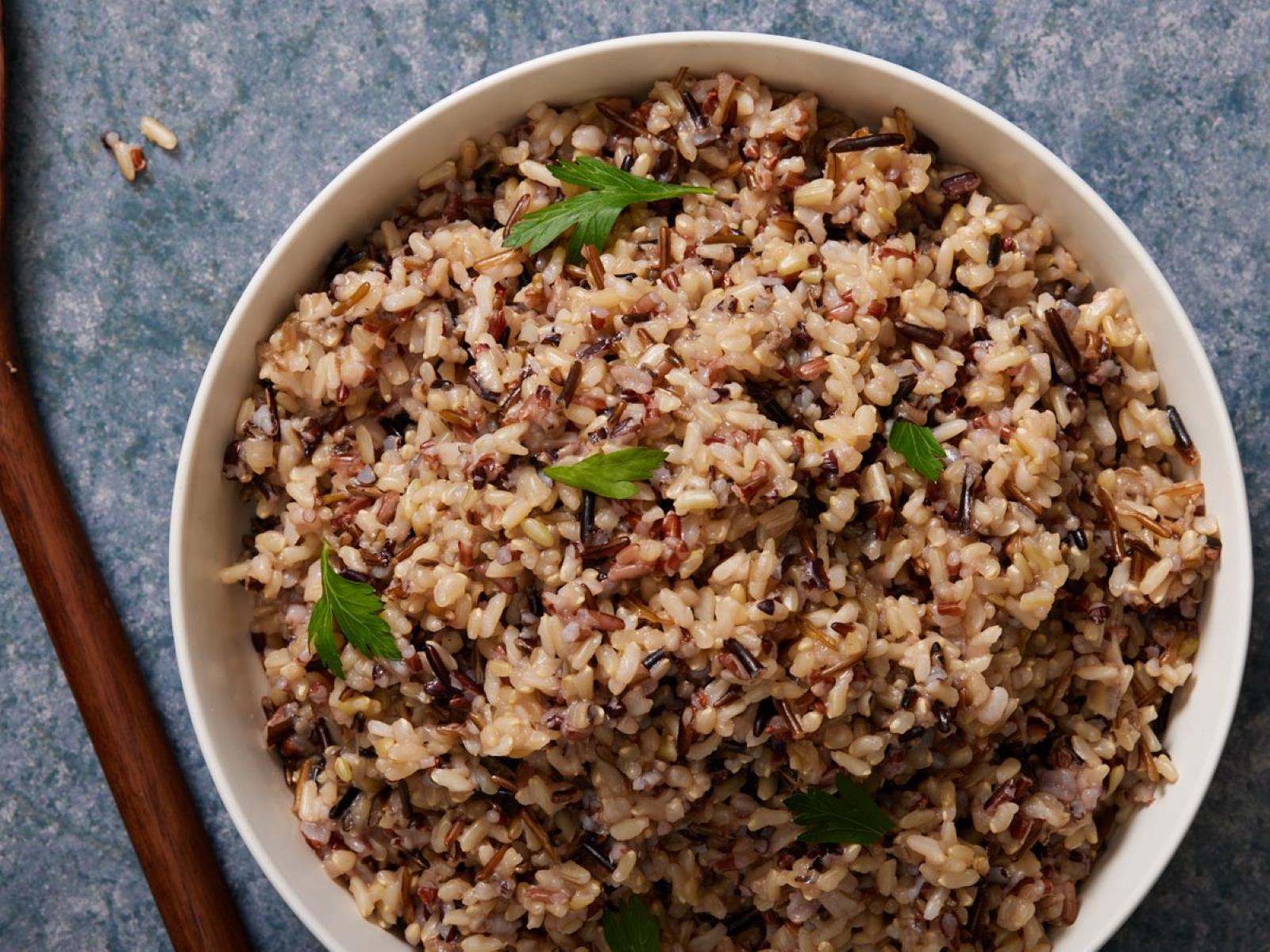
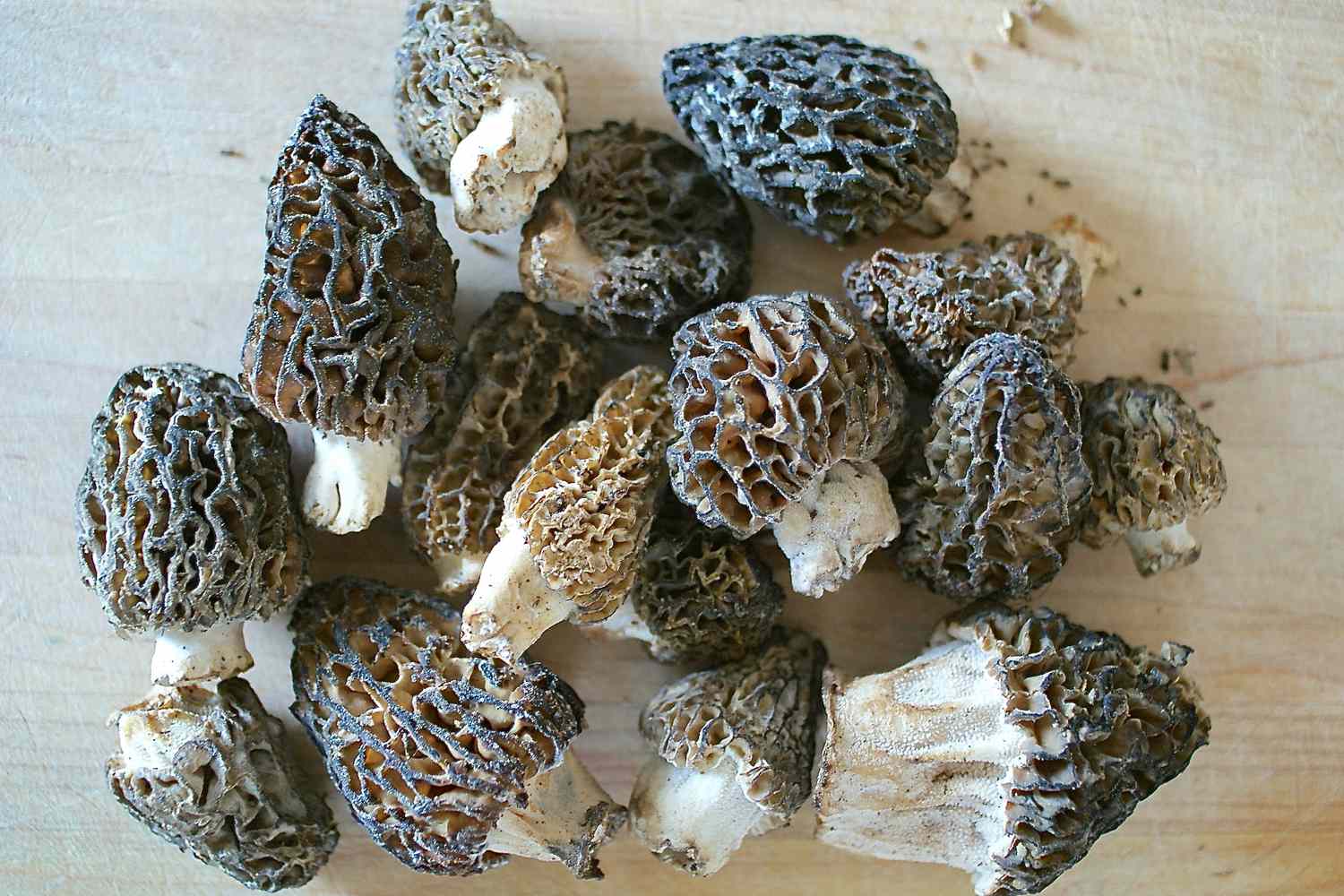
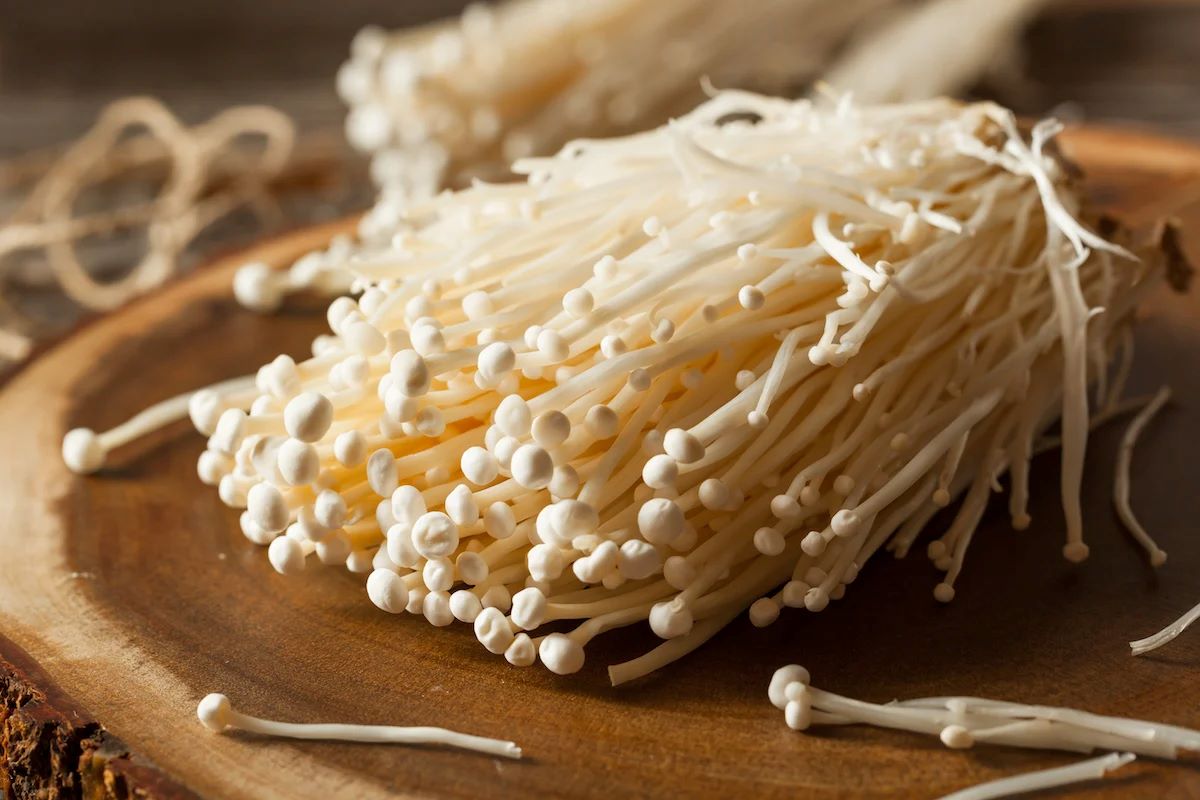
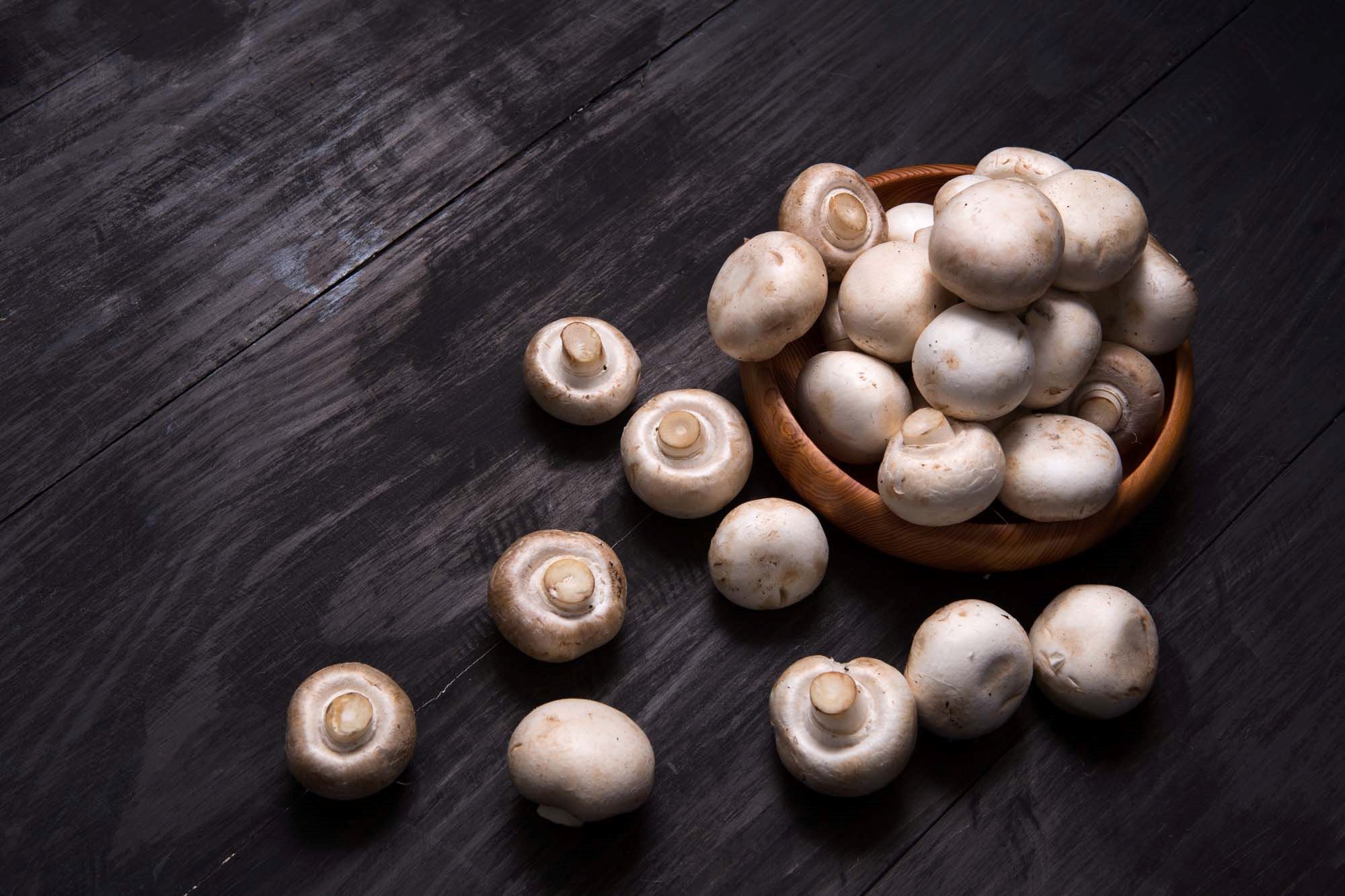
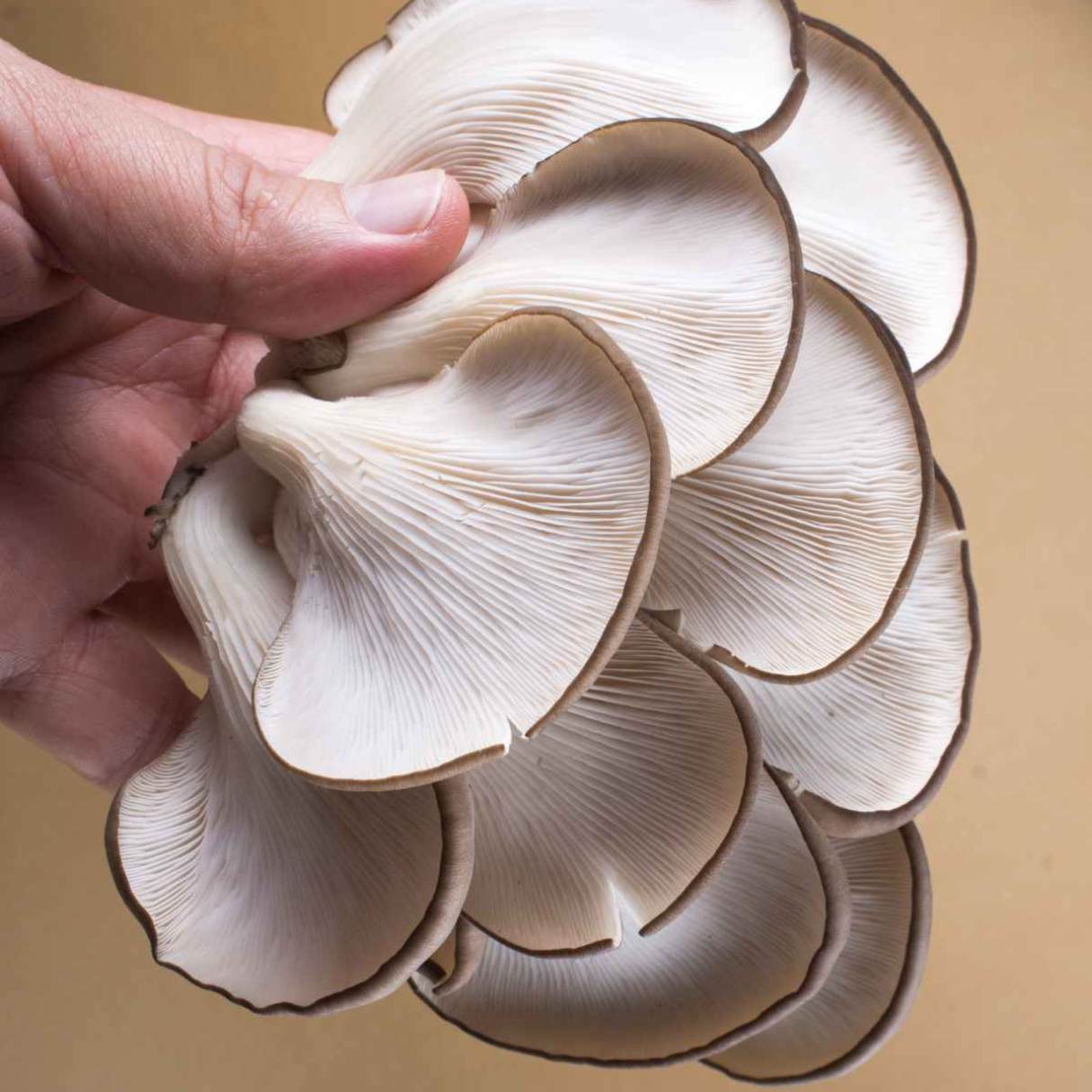
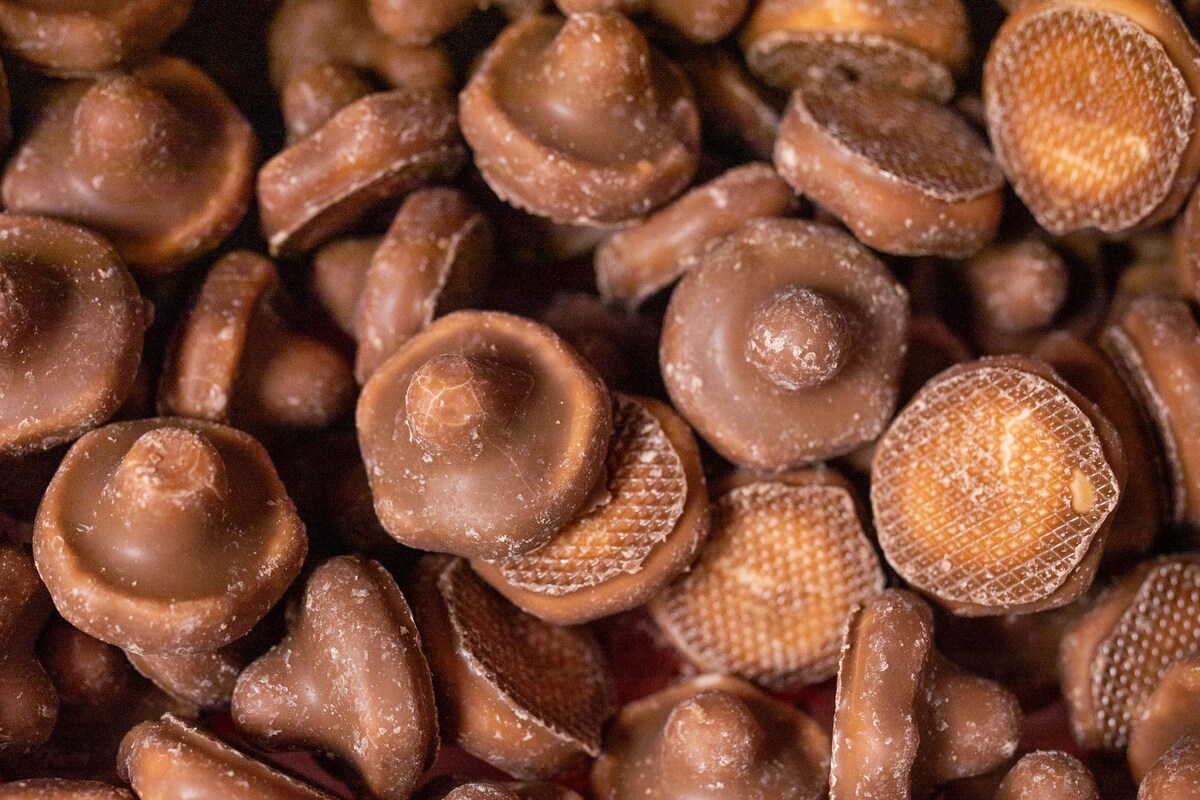
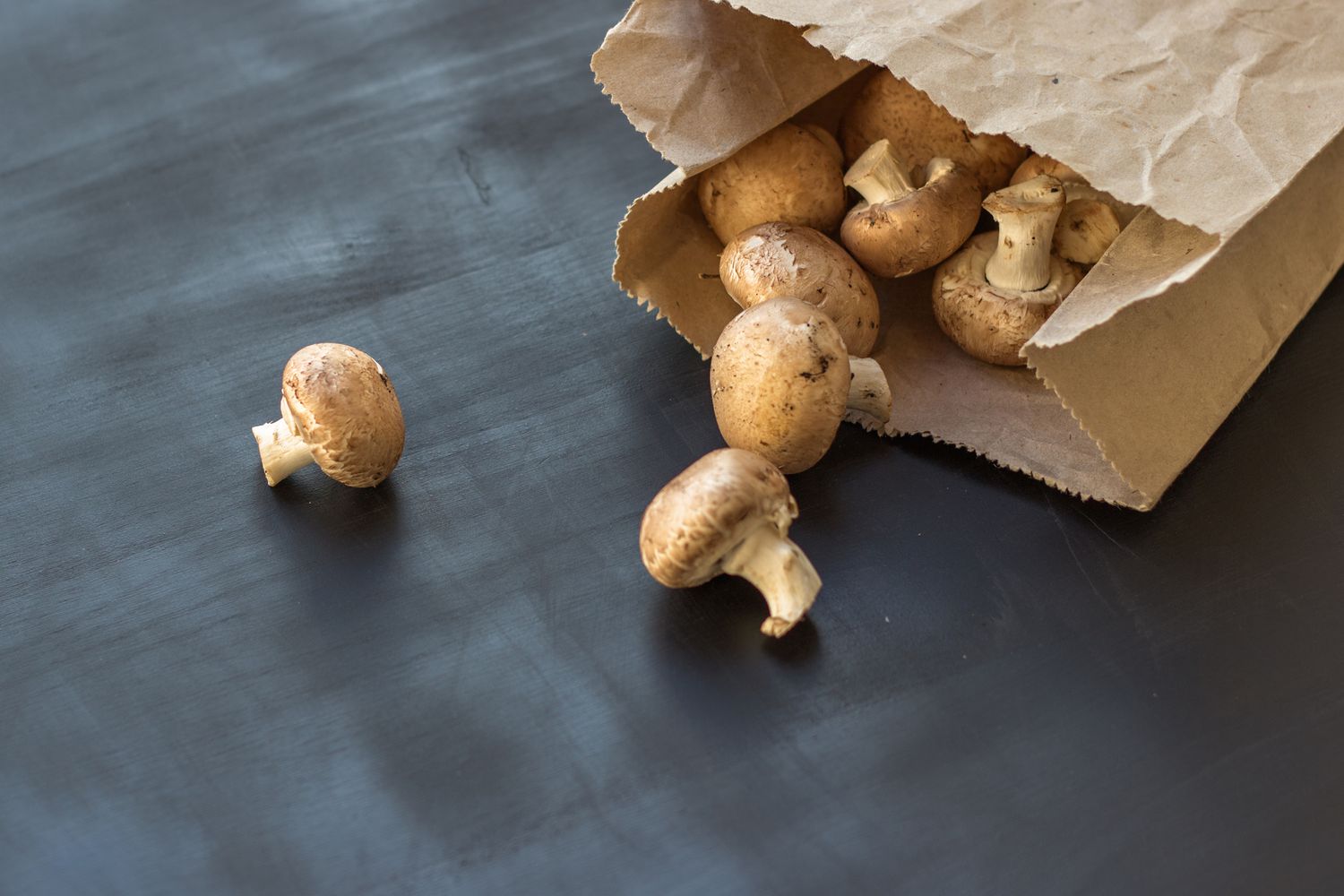

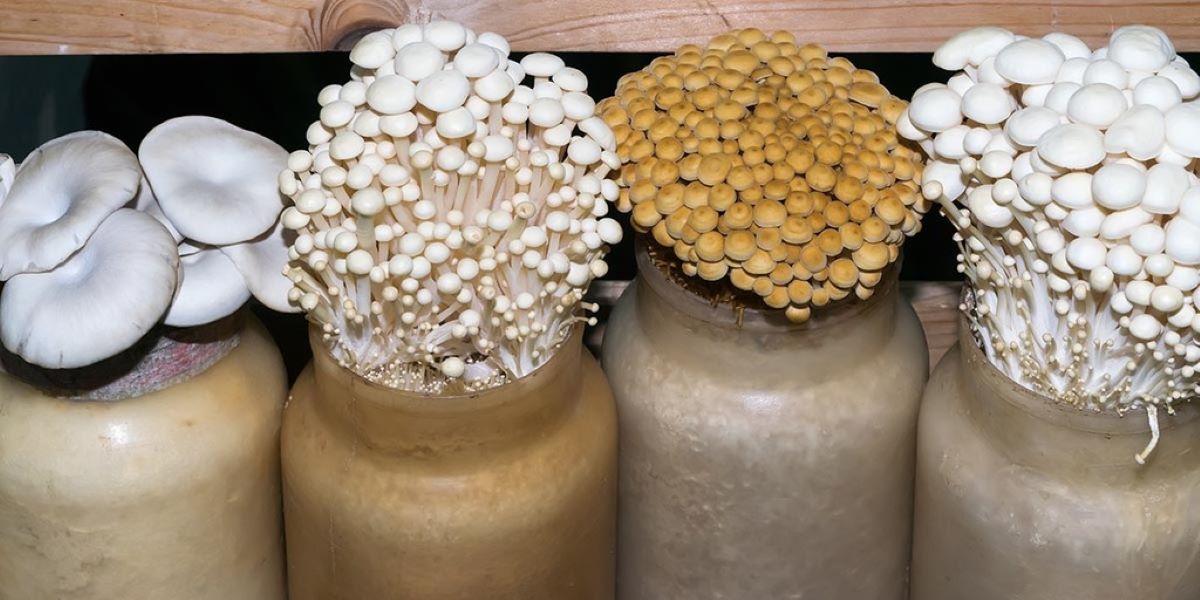
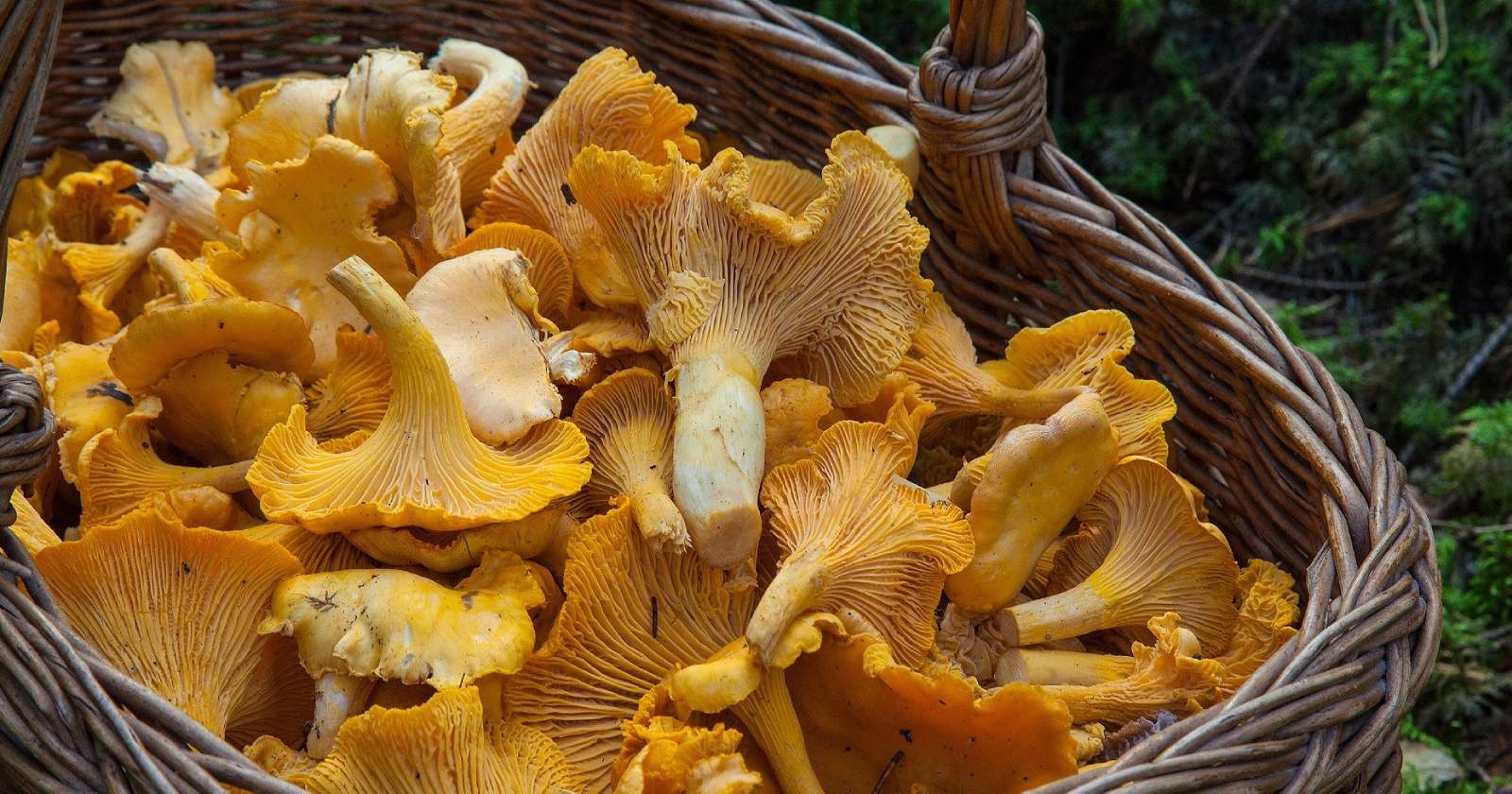
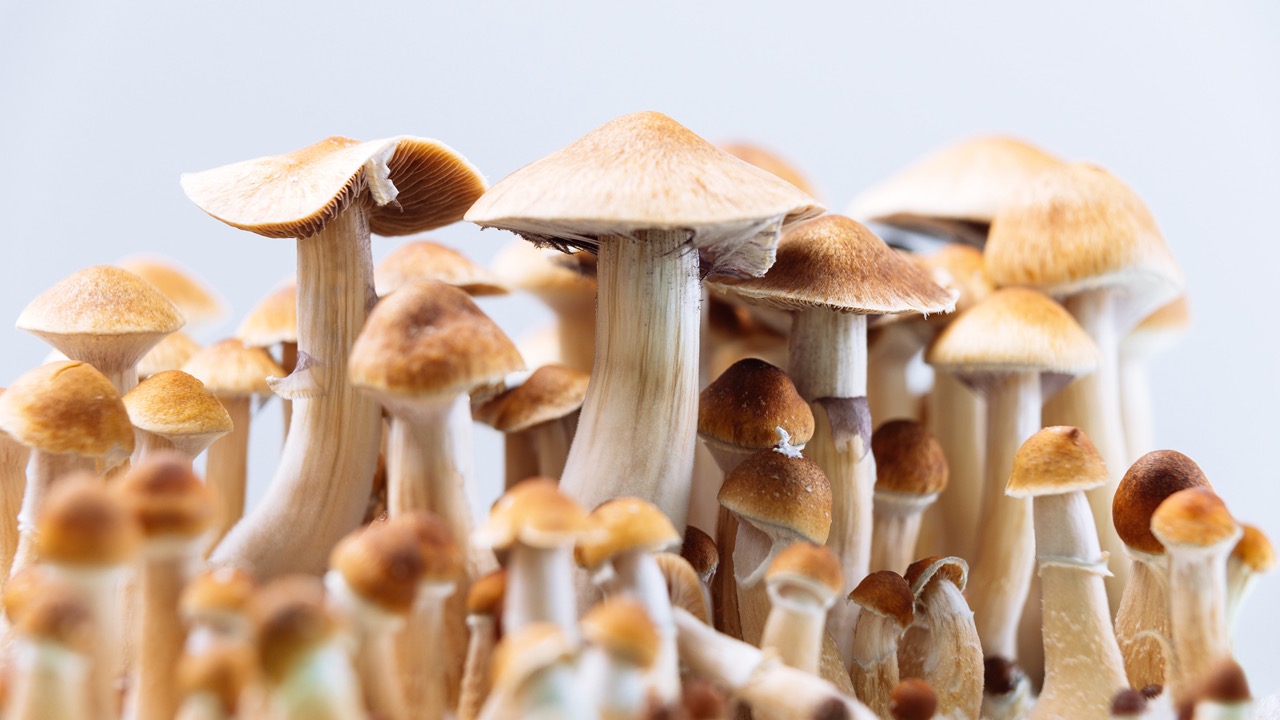
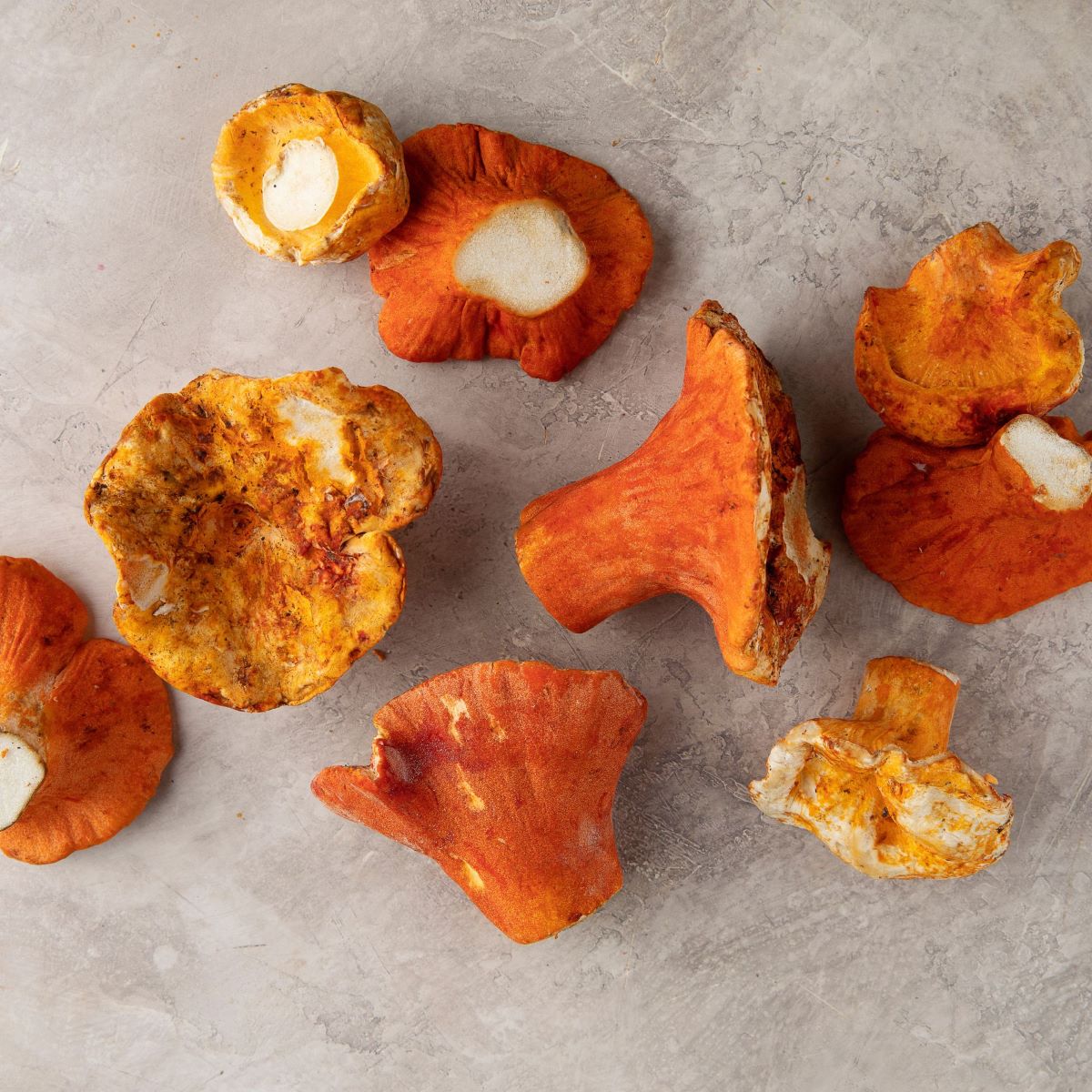

0 thoughts on “How To Store Wild Mushrooms”